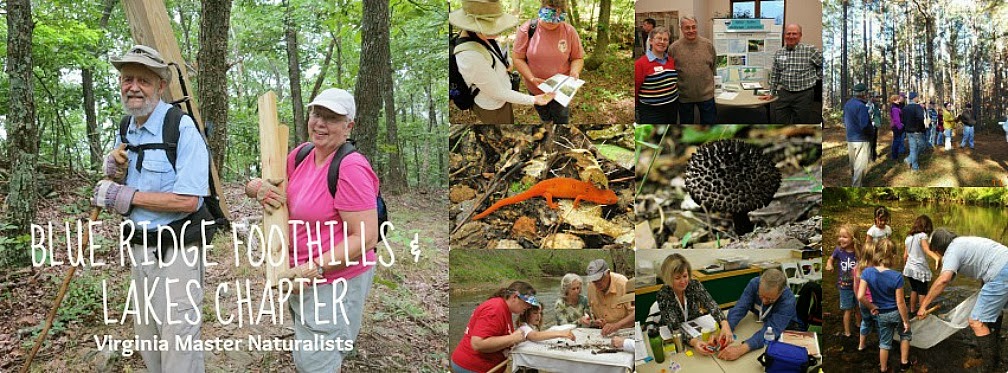 |
| Visit The Blue Ridge Parkway for your next field trip |
Imagine the titanic forces needed for Virginia’s biggest river to flow placidly through this breach in the Appalachians. This water gap—a typical Appalachia formation—is sure to impress. Such gaps played a key role in westward expansion, and the one here was a corridor for an early turnpike, railroad, and canal. A major highway and rail line still course above the river. The canal is gone, but the James River Trail leads across a bridge from the visitor center to the opposite bank where a lock is still visible at this lowest point on the Parkway. The Trail of Trees (same starting point), one of the Parkway’s best interpretive trails, covers the geology of the water gap and the diversity of the floodplain forest. The cliffs and crags on the south side of the river comprise the James River Face Wilderness, an 8,900-acre federally designated wild area.
Geologic History
The Blue Ridge got its start during the Silurian Period 350 million years ago. The tectonic collision of Africa, Europe and North America about 320 million years ago bumped up the Blue Ridge to jagged heights.
Millennia of freezing and thawing, rain, snow, and wind have reduced these once loftiest mountains on earth. When the glacial sheets of the last Ice Age advanced south 25,000 years ago, the onslaught polished New England’s peaks, creating steep notches and glacial cirques. Though the glacially scoured peaks of New Hampshire are lower than the highest Blue Ridge peaks, the colder climate of New England creates an Appalachian timberline, similar to the Rockies, where nothing but alpine plants grow (above about 4,800 feet).
The Southern Appalachians soar to heights much higher than that (nearly 6,700 feet), but being beyond the reach of the ice, they rise in tree-covered roundness, albeit rocky and awesome nonetheless. The Ice Age climate was nevertheless much colder in the South, and the many northern species pushed ahead of the ice ultimately found a home on Blue Ridge summits. Today’s Southern Appalachian ecosystem still harbors flora typical of the northern United States...
Read more here from this article titled "Human and Natural History: Blue Ridge Parkway"

No comments:
Post a Comment
Thanks for your comment and interest! NOW GO OUTSIDE!